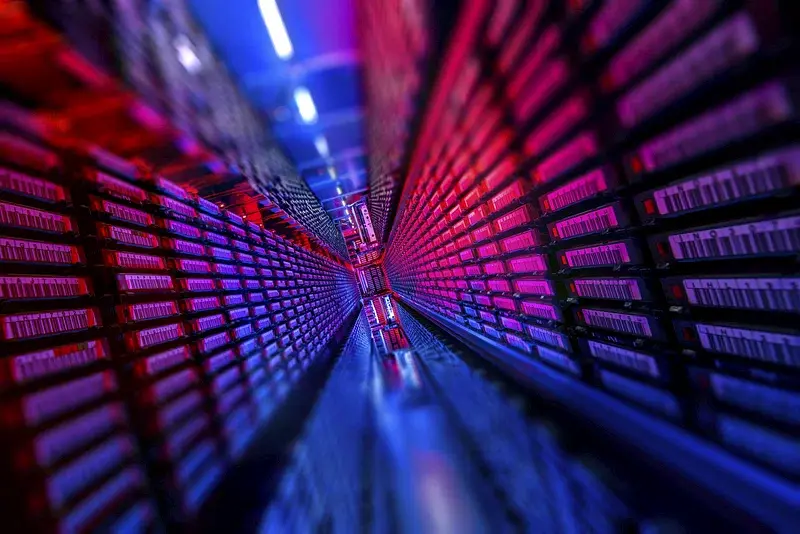
Charbel Beaini
This post by Mr. Charbel Beaini touches on the fascinating world of quantum computers. It highlights its promising potential and current challenges, giving us a glimpse into the future of quantum computing.
Welcome to the captivating world of quantum computers, where the impossible becomes possible, and the unimaginable takes shape. There is a term for it, Q-day. It is the day when a quantum computer will crack the most common encryption method to secure our digital data. Q-day will have massive implications for all internet companies, banks, governments, and our personal privacy. We know that this will happen one day. This eventuality is inescapable; the real question is when?
1. Understanding the Quantum Mechanism:
In a quantum computer, traditional binary bits metamorphose into quantum bits or qubits. These qubits exist in a 'quantum state,' where, until measured, they concurrently embody both the on and off states. Imagine a coin toss: the qubits are the coins suspended mid-air, holding the probability of being either heads or tails. In quantum computing parlance, this state is known as superposition. It only takes 13 qubits to store a kilobyte of data, while 13 bits store merely a byte and a half—underscoring the profound potential of this technology. Generally, n qubits can store the values of 2n bits.
It is worthwhile noting that quantum computers operate in frigid conditions, with many requiring near absolute zero temperatures (0 Kelvin)!
2. Significance and Applications of Quantum Computing:
Quantum computing is particularly adept at solving complex problems, some of which underpin most of the public key cryptography currently in use. Numerous potential applications for qubit systems are under active research, but they are beyond the scope of this blog post. These applications encompass but are not limited to enhanced drug discovery, expedited decision-making in financial transactions, improved machine learning, revolutionary materials development, and even climate change solutions.
One application of note is prime factorization, a complex reverse operation that underlies the RSA encryption system prevalent on the internet. It is relatively simple to multiply two numbers together, but deciphering the original numbers given only the product is exceedingly complex, even for powerful computers. As the number of digits increases, the problem becomes exponentially harder for conventional computers. Yet, with an apt quantum algorithm, the number of digits becomes inconsequential. This is where Shor’s algorithm shines as it helps break RSA encryption.
3. Current Problems and Potential Future:
Despite the massive potential, quantum computing faces significant hurdles, prompting skepticism. In 2019, it was estimated that breaking RSA encryption would necessitate 20 million physical qubits—a far cry from what current quantum computers can handle. Shor posits that the existing toy quantum computers lack the reliability to run his algorithm. It will require numerous conceptual breakthroughs and a tremendous engineering effort to scale quantum computers to the necessary number of qubits. Today, one of the most advanced quantum computers, IBM's Osprey, boasts a capacity of 433 physical qubits, according to their latest report.
The influence of Artificial Intelligence (AI) on our lives is evident. Yet, discussions surrounding the intriguing realm of quantum computing and its potential future impact are sparse. A future powered by quantum computing promises unprecedented problem-solving capabilities. Meanwhile, there is a legion of researchers, mathematicians, and cryptographers making sure our data stays secret. These are some of the unsung heroes that will keep us safe moving forward by securing our critical infrastructures.